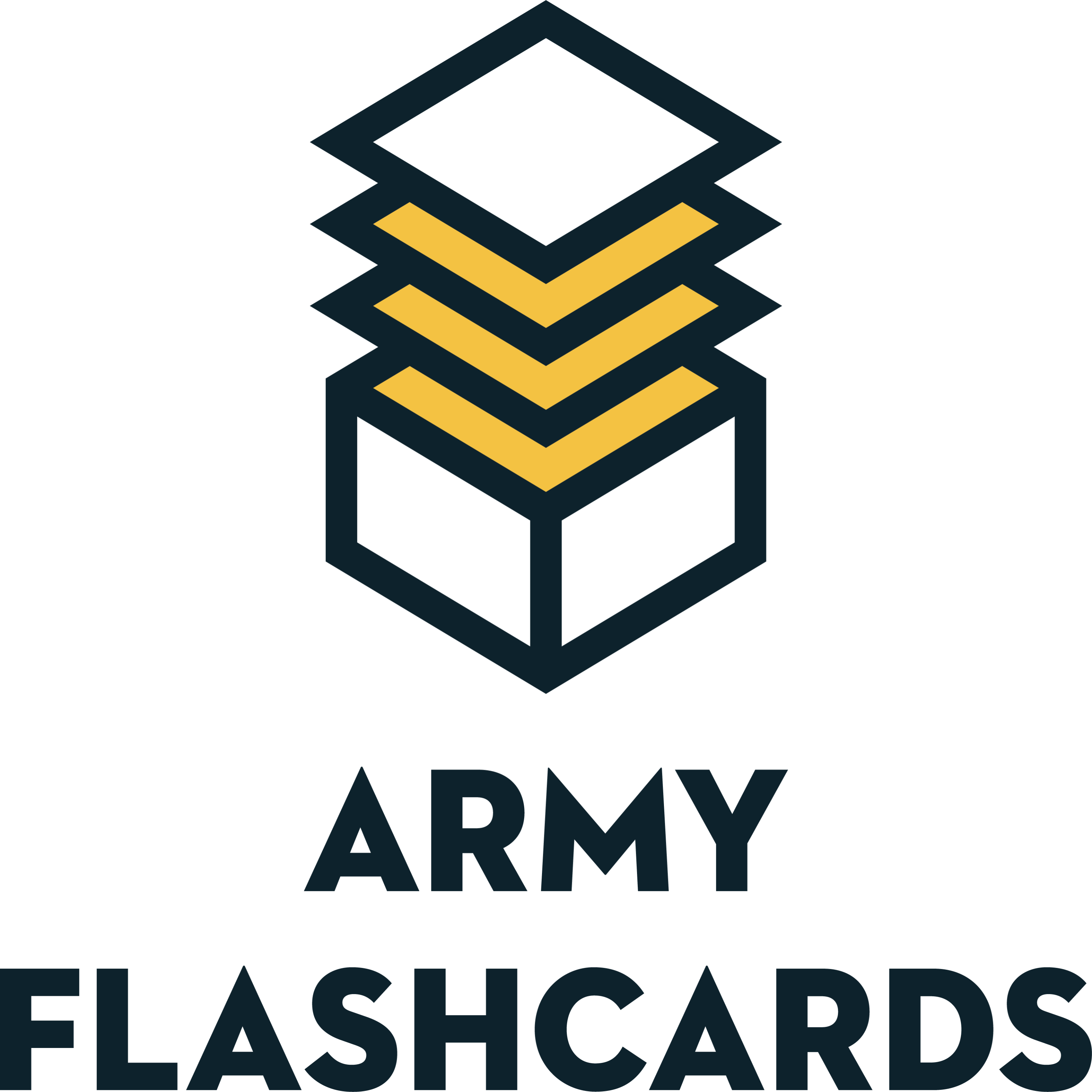In this episode we're going to talk about the M in METT-TC, mission analysis. So the mission analysis of mission analysis. This is the part of our mission analysis where we look at the higher mission of our friendlies. So we look to up one up and we make a conscious decision on what it is exactly that our higher commanders want us to do, their intent, purpose and then our specified task. And ultimately our mission statement. Let's say most people don't really realize this, but there are four products that come out of the mission analysis part of METT-TC.
So the first one is a task organization diagram. This product shows the composition of your platoon and all your forces, combat power, and key weapons. The second one is your operations overlay. This is what depicts all your routes, your Area or Operations (AO), and all of your other base graphics. It should also depict adjacent units their tasks and purposes, etc. The next product is your mission statement. At the end of the mission analysis portion of METT-TC, you should have a tentative mission statement. And then the last product is your Warning Order (WARNORD).
So let's go into each of those real quick.
For the Task Org, we want to go ahead and put together a general task order. We will update this later on as we do the TLP step of making a tentative plan. But to get out a good task org right upfront is important. If you don't remember what a task work looks like, it's a friendly line wire diagram. We cover this pretty extensively in another post.
Now the next product or output of our mission analysis is an updated operation graphics. Usually, you already have standing/base operations graphics, so in this step, we usually are just updating your overlay of your friendlies' situation. So again, you should always have your routes, all the named routes, ASRs, MSRs, your AOs, etc, directly on your map. They're not going to change throughout an operation or a training event or a series of events. And then you should have another overlay called your ops graphics or your operations overlay.
On these graphics, you want to put two levels up headquarters, one up adjacent units. Okay. So if you're a platoon, you want to put where your battalion is and where the adjacent companies are. Really all you do is just draw the unit icon. So it should be a blue rectangle if you're infantry with an x through it. And then the appropriate size and then their tactical task on the map. Make sure you draw their tactical task. It helps you understand what everybody's doing. Once you've done battalion and adjacent companies, you should put your company headquarters and then your adjacent platoons on their next. Now you should know where everybody else is, who's operating where and what they are doing, etc.
The next product is your mission statement. So your mission statement is derived from the task and purpose that you're given in the higher-order. Sometimes they'll just give you your mission statement. It may seem simple and almost silly how easy a mission statement is, but I see it messed up a lot. Mission statements have to be crafted in a particular way. A mission statement is comprised of the five W's more or less. So who, what, where, when, and why, and they have specific tactical task and purpose words. It's also best to add a method of maneuver in there because it clarifies how you're going to accomplish that task. So you always want to give an objective and a grid for the where.
So we've got to remind ourselves at this point in the TLPs, we are on step "Receive the Mission. Immediately after this we need to "Issue the Warning Order (WARNORD)," then we will move into make a tentative plan.
